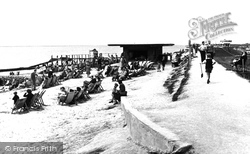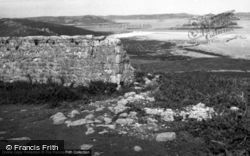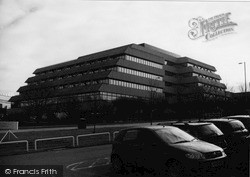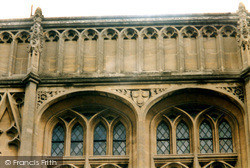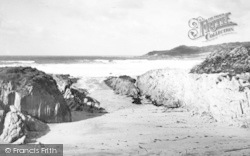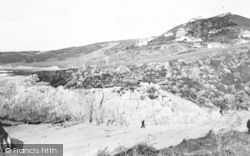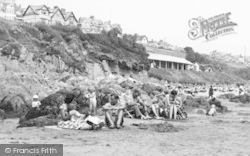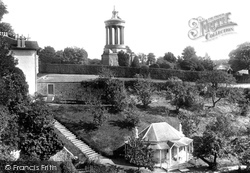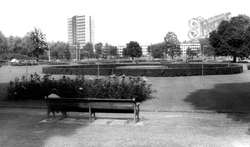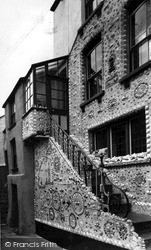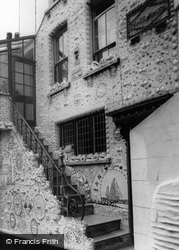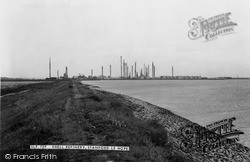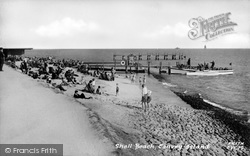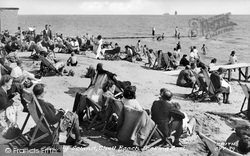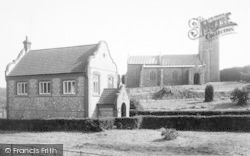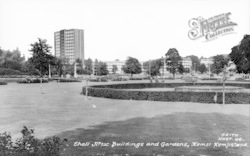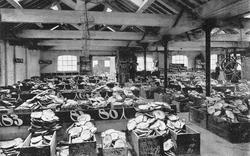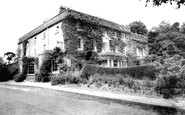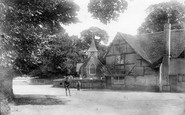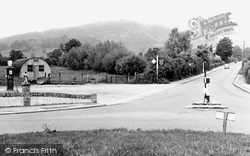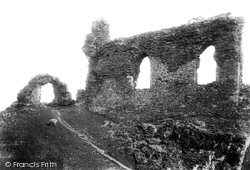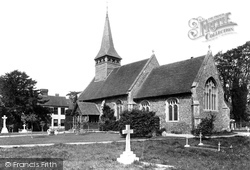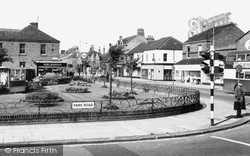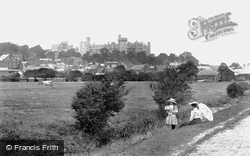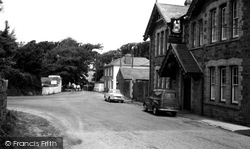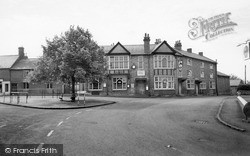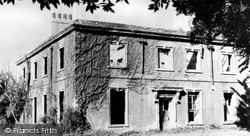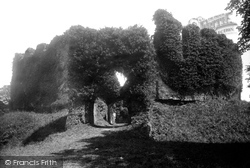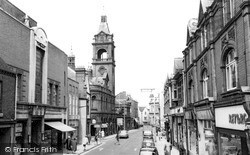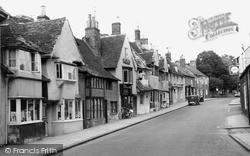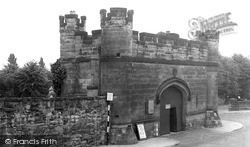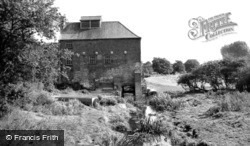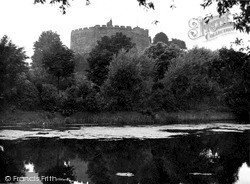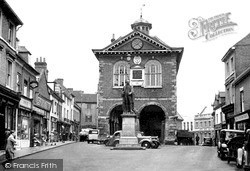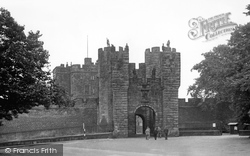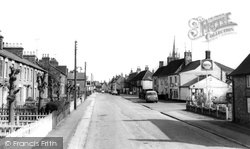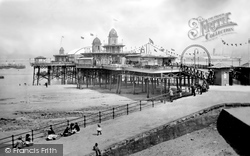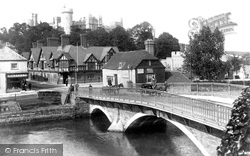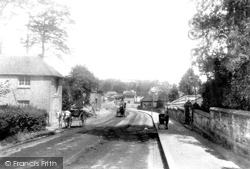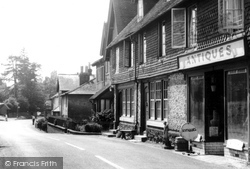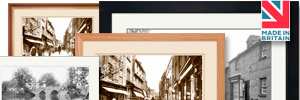Merry Christmas & Happy New Year!
Christmas Deliveries: If you placed an order on or before midday on Friday 19th December for Christmas delivery it was despatched before the Royal Mail or Parcel Force deadline and therefore should be received in time for Christmas. Orders placed after midday on Friday 19th December will be delivered in the New Year.
Please Note: Our offices and factory are now closed until Monday 5th January when we will be pleased to deal with any queries that have arisen during the holiday period.
During the holiday our Gift Cards may still be ordered for any last minute orders and will be sent automatically by email direct to your recipient - see here: Gift Cards
Places
2 places found.
Those places high-lighted have photos. All locations may have maps, books and memories.
Photos
65 photos found. Showing results 41 to 60.
Maps
44 maps found.
Books
Sorry, no books were found that related to your search.
Memories
334 memories found. Showing results 21 to 30.
Alice Bacon
Was my teacher at school 1940 (ish), was MP and in the Labour government hierarchy. She lived on Castleford Road near Greens newsagents on the corner; a very strict teacher but had time for pupils. Her father was Ben Bacon who was ...Read more
A memory of Normanton by
Completely Changed!!
My father took my mother and I on holiday to Woolacombe every year in the 1950's. At that time, in the height of the Summer months we would be the only family on the main beach (as well as the Barracane Beach where we ...Read more
A memory of Woolacombe in 1950 by
Air Raids
These memories are as fresh in my mind as if they happened last week. Boston had its share of air raids, the first one was on a rainy Monday, it was July, the first day of our summer school holidays. It would be about 7.15 am when we ...Read more
A memory of Boston in 1940 by
The War Years
I was born in Ryde in 1938 and when war broke out, my mother and myself moved in with my grandparents, Laurence and Lucy Stroud (nee Meecham) into what is now Wellwood Grange but in those days was just Wellwood. It was the home of ...Read more
A memory of Binstead by
My First Visit To England
We travelled down with a large group of Scottish NABC members from Edinburgh and the Lothian areas. My particulal journey commenced by coach to Liverpool where we continued by train to Hereford. On our arrival we were ...Read more
A memory of Nash in 1953 by
Aberbargoed
I was born in Pill, Newport, Mon, in 1938 and with my grandmother Charlotte Selina Jane Rossiter used to visit relatives in Aberbargoed. As in other memories, I shall never forget passing beneath the endless drums in the air ...Read more
A memory of Aberbargoed in 1940 by
The Happiest Days Of Your Life
Brambletye school, well set between the beautiful Ashdown Forest and thriving town of East Grinstead on the Sussex/Surrey border was a paradise on Earth for any schoolboy with an aesthetically romantic (!) ...Read more
A memory of Brambletye House in 1959 by
Pilmuir
My father was gardener at Pilmuir in about 1939- 40 and we lived in the lodge house.A wire-haired fox terrier dog seemed to go with the house. I remember seeing a German airplane being shot down almost over our house and I collected ...Read more
A memory of Haddington in 1940 by
Somewhere In Buckland
Round about 1840 my widowed great, great grandmother Hannah, and her son Joseph were brewers in Buckland. But unless any Buckland resident knows of the history of the village I shall never know where exactly. The ...Read more
A memory of Buckland by
Memories Of War Years 1939 45 Newport
Memories of War years 1939 -1945. By John Beal. Little did I realise that I would be involved in the army when war broke out in 1939. I was attending Hatherleigh Central School in Newport at the time and as ...Read more
A memory of Newport in 1940 by
Captions
119 captions found. Showing results 49 to 72.
This area is now somewhat traffic-plagued, so that this peaceful scene is no more; the obelisk to the Prince of Orange, erected by Beau Nash in 1734 (restored in 1872), now occupies a railing-less traffic
The roundabout now houses a large public house and a Shell garage. The old Roman road, Ermin Street, is a right turn off this roundabout.
The ruins include a large shell keep within a rectangular ward, a twin-towered gatehouse, a large D-shaped tower, and traces of a hall.
It was a Tudor building inside a later shell: those chimney-stacks betray its true vintage.
A Shell petrol station can be seen on the left. Two of the older properties here - Lloyds Bank and the building beyond it (centre right) - still stand.
Seen here from the south-west, the sheer enormity of the late Victorian work is clear: the left-hand section is the much-restored medieval shell keep built for Henry II in the 12th century.
Gwithian Towans, the three-mile stretch of sandhills in which the village stands, was from 1889-1920 the home of the National Explosives works, which produced much of the cordite used in artillery shells
The Shell garage on the right has been rebuilt, now for UK Petroleum.
On seeing the ruined shell of this church today, the visitor may well get the immediate impression that it must have suffered from bombing during the war; but in fact the nave was demolished in 1977
Gutted by fire in 1966, and since reduced to a single- storey shell, the Rectory in Tyneham village was built in 1853 for Rev Nathaniel Bond of Creech Grange.
This photograph shows the ivy-smothered shell keep and gatehouse of Restormel Castle at a time when the ruin was still a titular possession of the Prince of Wales.
Today the Town Hall, beyond, could be described as a shell fronting the new Crown Centre shopping arcade, which was built in the 1980s.
The Shell garage is now a car wash.
The Normans built a wooden motte and bailey castle at Tamworth soon after the conquest on the site of the Mercian fortifications of 913, but this was replaced by the shell-keep and tower that still stand
The photograph shows a probably 18th-century brick shell in a setting of hawthorns and reedy water.
This was replaced by the shell-keep and tower, which still stand.
Soon after the Conquest, the Normans built a wooden motte and bailey castle at Tamworth on the site of the Mercian fortifications of 913.This was replaced by the shell-keep and tower, which still
The shell keep was rebuilt by Henry de Percy, and the second Earl is thought to have built the barbican and gatehouse around 1440.
The Shell garage on the right has given way to a close of 1980s houses. Beyond are several good 18th- and early 19th-century houses.
The shell keep was rebuilt by Henry de Percy, and the second Earl is thought to have built the barbican and gatehouse around 1440.
They would try to peddle such things as rock, drinks, postcards, paper windmills, shells, beads and flowers. A group of such ladies can be seen here seated on the promenade (left).
Seen here from the south-west, the sheer enormity of the late Victorian work is clear: the left-hand section is the much-restored medieval shell keep built for Henry II in the 12th century.
Much has changed in this view looking downhill northwards towards the station and the High Street, with the house on the left replaced by a Shell garage.
The Shell garage beyond has gone since the 1950s.
Places (2)
Photos (65)
Memories (334)
Books (0)
Maps (44)



